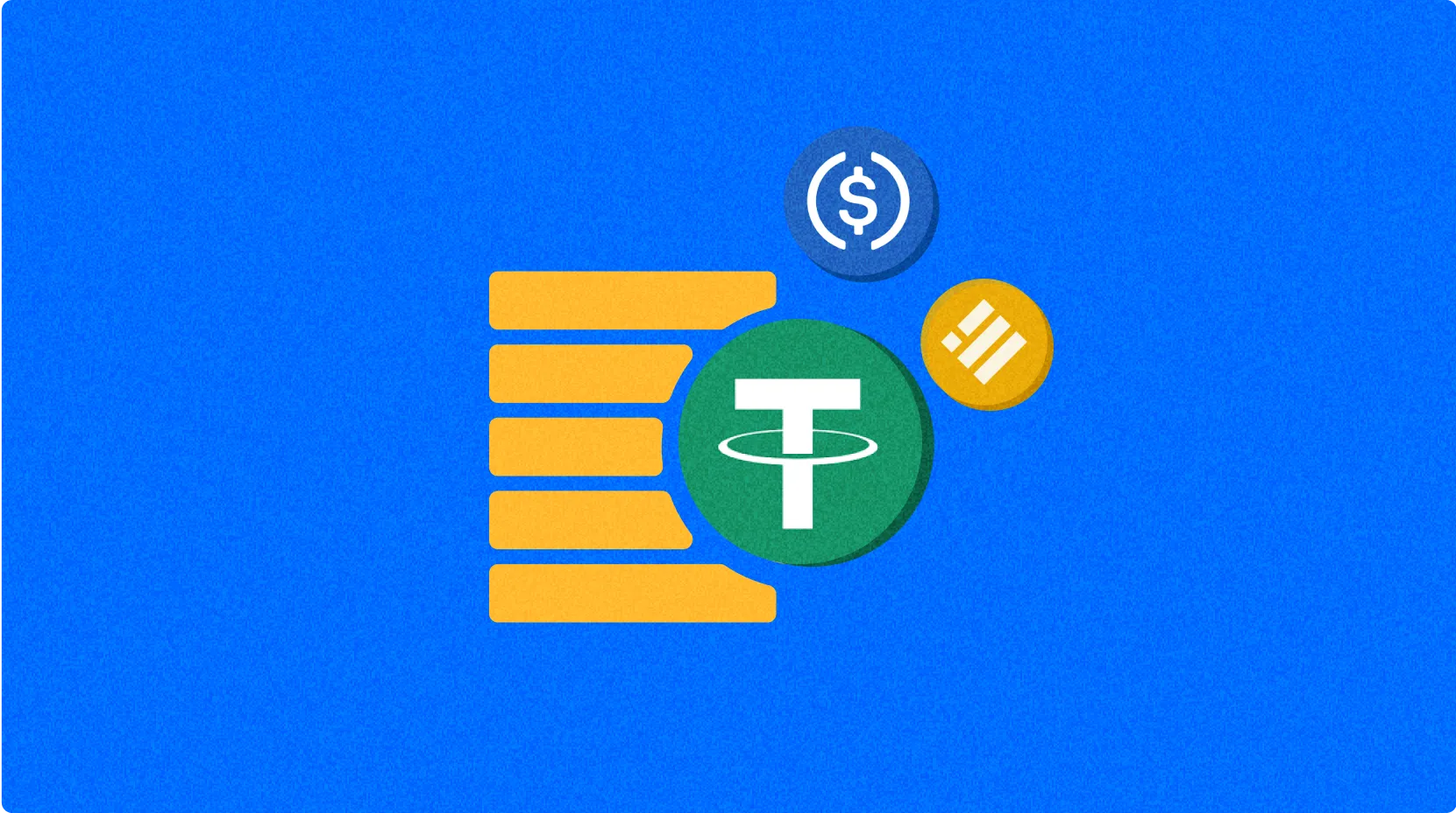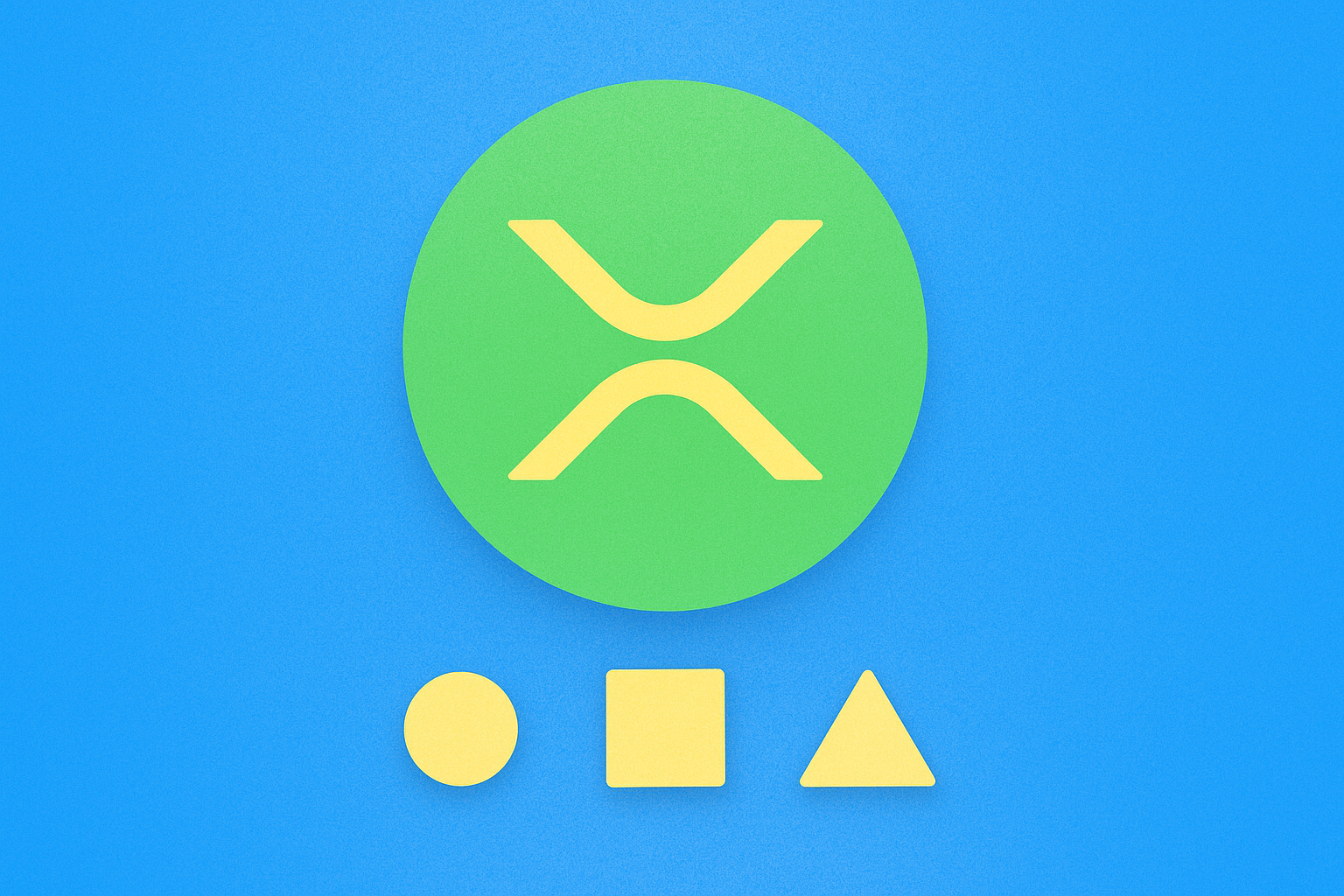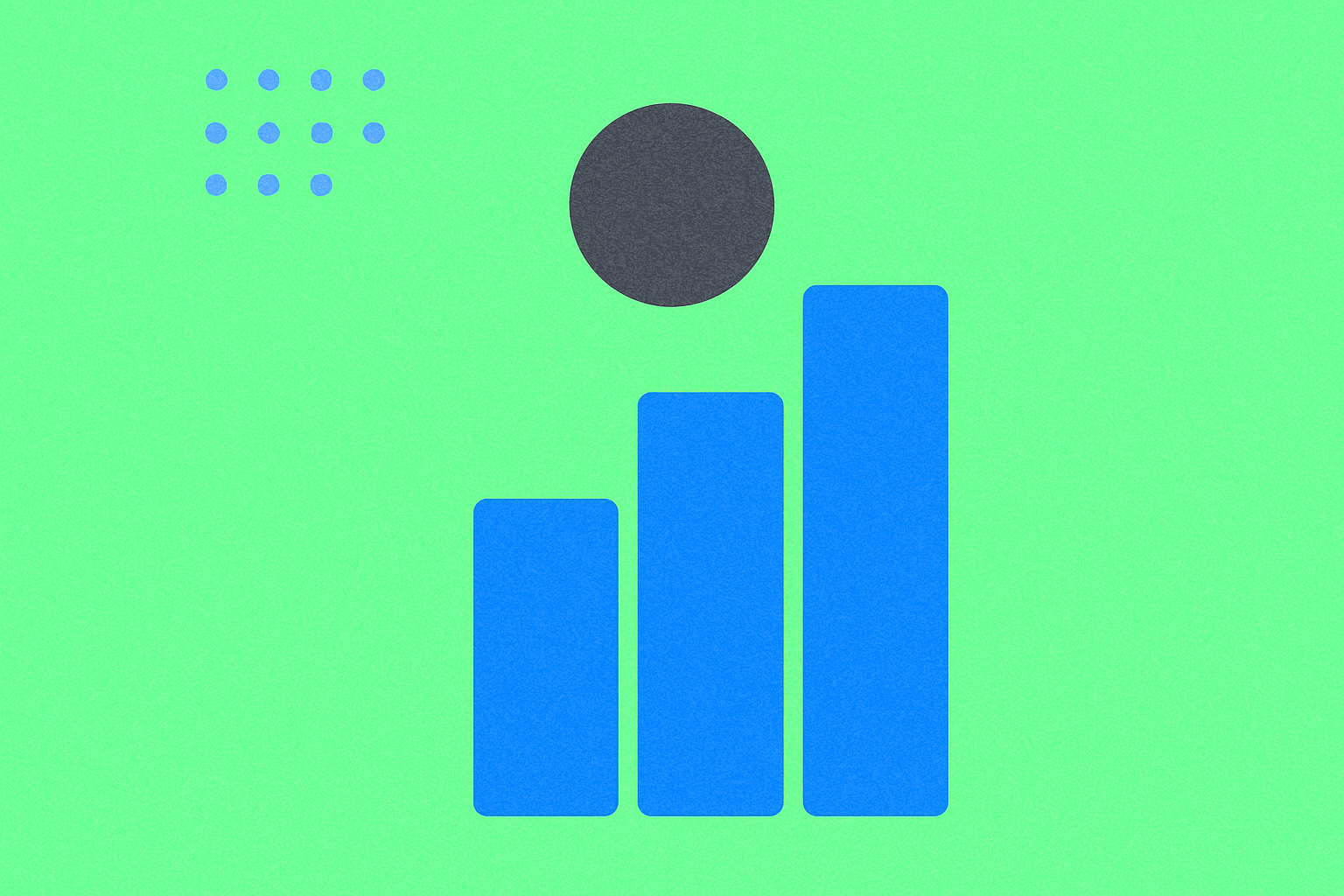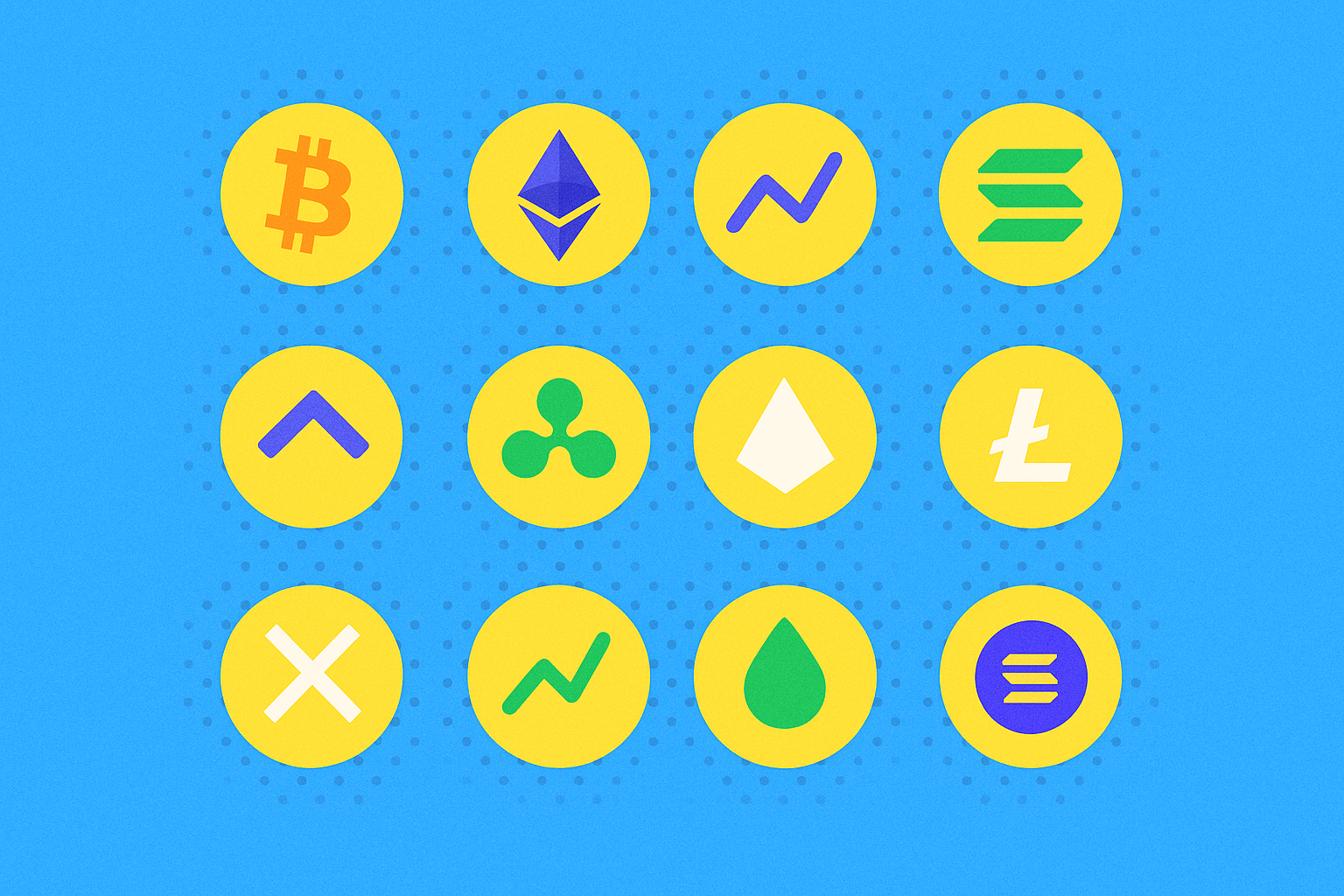QQQon, pazar payı ve kullanıcı ödülleri bakımından XBorg ile nasıl kıyaslanıyor?


XBorg'un token geri alımlarında ve yönetişim haklarında öne çıkan rekabet avantajları
XBorg, ekosistemi için önemli avantajlar sunan, kendine has üç aylık bir token geri alım modeli geliştirmiştir. Protokol, bu geri alımları faaliyetlerinden elde ettiği gelirlerle finanse eder ve tüm işlemler tamamen zincir üstünde, şeffaf bir şekilde gerçekleşir. Arzı sistematik olarak azaltan ve değeri dengeleyen bu yaklaşım, XBorg'un 2025'e girerken sürdürülebilirlik stratejisinin temel unsuru olmuştur.
XBorg'un geri alım programındaki rekabet üstünlüğü, piyasa performans verileriyle daha net ortaya çıkmaktadır:
| Özellik | XBorg | Sektör Ortalaması |
|---|---|---|
| Geri Alım Sıklığı | Üç ayda bir | Yılda iki kez |
| İcra | Tamamen zincir üstünde | Farklı yöntemler |
| Finansman Kaynağı | Protokol geliri | Çoğunlukla rezerv fonları |
| Arz Etkisi | Belirgin azalma | Geniş yelpazede değişken |
Geri alımların ötesinde, XBorg, token sahiplerine kapsamlı oy hakkı tanıyan merkeziyetsiz bir yönetişim sistemi uygular. Token sahipleri, önerilere oy verebilir, yeni girişimler başlatabilir ve hazineyi blokzincir tabanlı oylama sistemiyle denetleyebilir.
Düzenli ve gelirle desteklenen geri alımların güçlü yönetişim mekanizmalarıyla birleşmesi, XBorg'u piyasada avantajlı bir konuma getiriyor. GMX gibi projeler 2025'te toplam arzlarının %12,9'unu geri alırken ve token geri alımlarına 20,86 milyon dolar harcarken, XBorg daha sürdürülebilir ve gelire dayalı geri alımlara, hazine rezervlerini harcamadan odaklanıyor. Bu sayede ekosistem katılımcılarına uzun vadeli değer sunuluyor.
Kullanıcı ödüllerinin karşılaştırılması: XBorg'un staking programı ile QQQon teşvikleri
Dijital varlık platformlarının ödül mekanizmaları karşılaştırıldığında, XBorg ve QQQon farklı risk ve getiri profillerine sahip özgün teşvikler sunar. XBorg'un staking programı, kullanıcıdan token kilitlemesi istemeden %73'e varan APY ile yüksek getiri sağlar ve likiditeye önem veren yatırımcılar için caziptir. Program, ekosisteme aktif katılımı ödüllendirerek etkileşimi sürekli kılar.
| Özellik | XBorg Staking | QQQon Teşvikleri |
|---|---|---|
| Maksimum APY | %73 | XBorg'dan düşük |
| Token Kilit Zorunluluğu | Zorunlu yok | Kilit süresiyle kısıtlı |
| Risk Seviyesi | Daha yüksek | Daha düşük |
| Ödül Dağıtımı | Arbitrum üzerinde otomatik | Üç ayda bir temettü (%0,45 getiri) |
| Ek Avantajlar | Partner token airdrop'ları | ETF tokenizasyon avantajları |
| Esneklik | Yüksek çekim esnekliği | Daha fazla çekim kısıtı |
Tokenize Invesco QQQ ETF'ye dayalı QQQon teşvikleri ise üç ayda bir yaklaşık %0,45 temettüyle daha temkinli bir yaklaşım sunar. Bu teşvikler daha düşük risk taşırken, olası getirisi de XBorg'a göre daha düşüktür. QQQon'un yapısı, son dönemdeki büyük ETF girişlerinin de gösterdiği gibi, tokenize varlıklar aracılığıyla geleneksel piyasalara erişmek isteyen yatırımcıları cezbetmektedir. Platformun teşvikleri ABD'li bireysel yatırımcılara kapalı olup, EEA/İngiltere bölgelerinde sadece nitelikli yatırımcılara açıktır; bu da XBorg'un geniş erişimli staking programına kıyasla daha seçkin bir katılım yapısı anlamına gelir.
XBorg ile QQQon arasındaki pazar payı değişimlerinin analizi
XBorg ile QQQon arasındaki pazar payı dinamikleri, 2023'ten 2025'e kadar performans ve pozisyon açısından önemli ayrışmalar göstermektedir. QQQon, bu alanda sürekli baskın olurken, özellikle 2025'in ikinci çeyreğinde ciddi bir büyüme kaydetmiş, XBorg ise 17,13 milyon dolarlık piyasa değerine rağmen anlamlı bir ilerleme sağlayamamıştır.
| Metrik | XBorg | QQQon |
|---|---|---|
| Piyasa Değeri (2025) | 17,13 milyon $ | 20,69 milyon $ |
| Pazar Payı (2025) | %0,00 | Hakim pozisyon |
| Fiyat Tahmini | 0,06244 $ (Kasım 2025) | 624,73 $ (Kasım 2025) |
| Yıllık Büyüme (2024-2025) | %27 | %27 |
| 2025 1. Çeyrek Performansı | Sınırlı büyüme | Güçlü kazanç |
Bu ayrışmanın temelinde QQQon'un teknoloji sektörüne odaklı stratejisi yatıyor ve bu strateji, yatırımcılar nezdinde güçlü bir karşılık buldu. QQQon'un avantajı, kısmen Invesco'nun 2025'te yaptığı yapısal değişikliklerden kaynaklanıyor olsa da, bunlar pazar dinamikleri üzerinde çok sınırlı bir etki yarattı. Fiyat etkisi ise dikkat çekici; QQQon'un çok yüksek değerlemesi, piyasadaki güveni net gösteriyor.
Her iki token da 2024-2025 arasında %27 yıllık büyüme sağlasa da, XBorg, B2B SaaS çözümlerinde görülen düşük müşteri kaybı oranını korudu. Bu veriler, XBorg'un istikrarlı fakat küçük bir kullanıcı tabanına sahip olduğunu; QQQon'un ise teknoloji ekosistemine yakınlığı sayesinde çok daha fazla pazar ilgisi ve yatırımcı sermayesi topladığını gösteriyor.
SSS
QQQ ETF neyi ifade eder?
QQQ ETF, Nasdaq 100 Endeksi'ni takip eden Invesco QQQ Trust'ın kısaltmasıdır. 100 büyük teknoloji şirketini içerir ve teknoloji sektörüne erişim imkânı sunar.
Q coin bugün kaç para?
6 Kasım 2025 itibarıyla Q coin'in fiyatı 0,0624 $. Son bir saatte %19,4, dünden bu yana ise %0,6 düşüş yaşanmıştır.
ETF QQQ nasıl alınır?
Bir aracı kurum hesabı açın, ETF bölümünden QQQ'yu arayın ve alım emri verin. Mevcut fiyat, son 52 haftanın en yüksek seviyesi olan 637,01 $'ın altındadır.
QQQ'nun takip ettiği endeks nedir?
QQQ'nun endeksi Nasdaq-100 endeksidir. QQQ, Invesco QQQ Trust, Series 1 adıyla da bilinir ve bu endeksi izler.

# Token dağıtım mekanizması, kripto projelerinde yönetişim ve enflasyonun kontrolünü nasıl en iyi şekilde sağlar?

Token Ekonomik Modeli Nedir ve Kripto Projelerine Etkisi Nasıldır?

2025 Yılında LUNC Topluluğu Ne Kadar Aktif?

Bir Token Ekonomik Modeli, enflasyon ile yönetişim arasındaki dengeyi nasıl sağlar?

Kripto para ekosisteminde bir token ekonomik modelinin başlıca bileşenleri nelerdir?

2025 yılında Terra Classic (LUNC) topluluğu ne kadar aktif?

Unibase Merkezi Olmayan AI Bellek ve Etkileşim Platformu Analizi

XRP Satın Alma Yöntemleri: Detaylı Kılavuz

Günlük Alım-Satım Efsaneleri: 13.600 $'ı 1 Milyar $'a dönüştüren yatırım stratejisi

XFI Nedir: Zincirler Arası Finans Entegrasyonunu Anlamak Üzere Kapsamlı Bir Rehber

VNO nedir: Sanal Ağ Operatörleri ve Modern Telekomünikasyondaki Rolleri Üzerine Kapsamlı Bir Rehber







